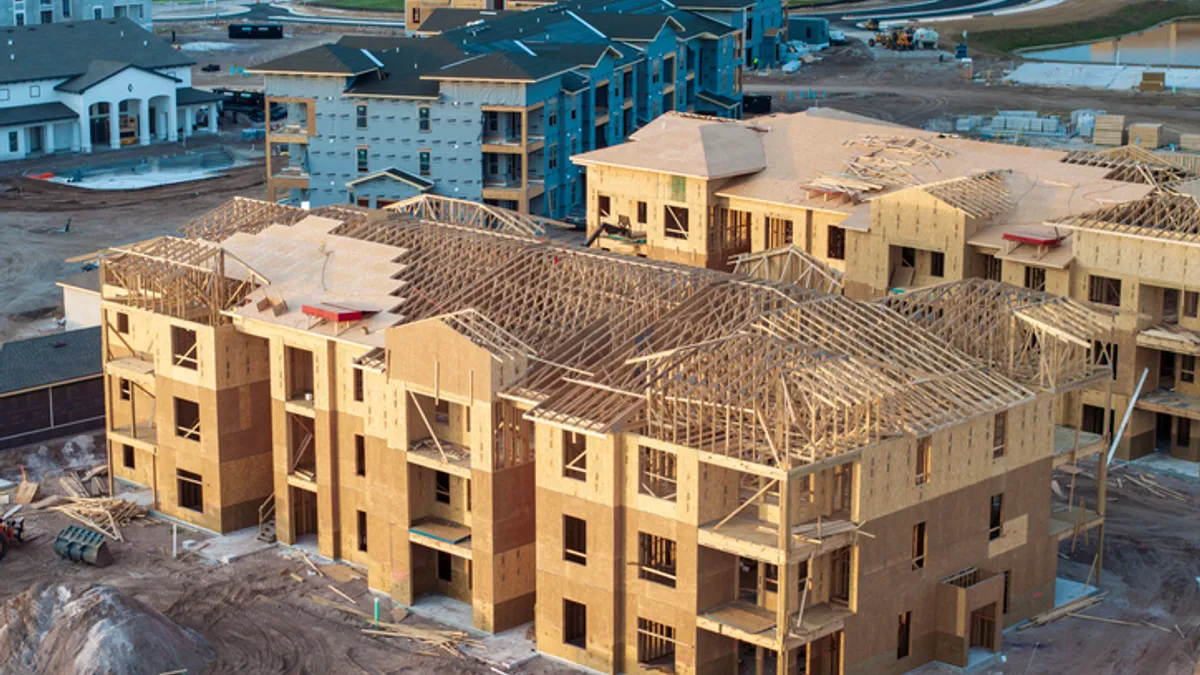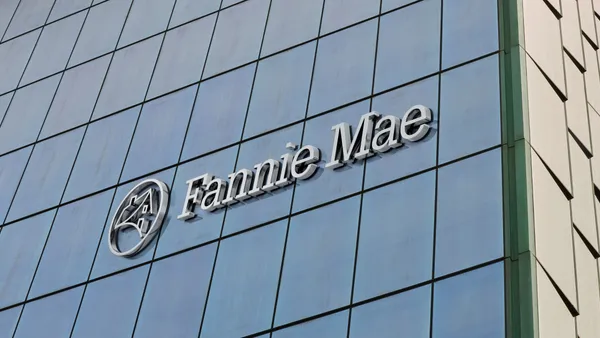David Bitton is chief marketing officer and co-founder of DoorLoop, a property management software firm for the real estate industry. Opinions are the author’s own.

Over the course of just one weekend, we witnessed the fall of two prominent U.S. banks. The events naturally sent shockwaves, surprising many as they happened just when we thought our economy was already recovering.
Anybody can easily surmise that bank failures are a bad sign. Indeed, these events affect the economy in a number of ways. And as real estate is a major driver of the economy, we can expect the recent bank collapse to have some impact on the industry.
Commercial real estate, in particular, is under much pressure. Many stakeholders now wonder, is the recent banking fiasco enough to drag CRE down?
Several real estate investment trusts have already expressed their concerns directly related to their dealings with Silicon Valley Bank and Signature Bank. Banks lease huge properties across the country.
Having these properties vacated can cause a disruption in REITs’ income flow and force them to mitigate potential premature lease terminations.
More than empty office and commercial spaces, the loans held by the fallen banks cause even greater concern. SVB was reported to have $2.6 billion worth of CRE loans, 21% of which are for office buildings and 35% for multifamily properties. Meanwhile, Signature Bank, which focused primarily on commercial banking services, also has a significant association with CRE lending.
REITs such as Atlanta’s Cousins Properties, Pasadena, California’s Alexandria Real Estate Equities and Los Angeles-based Hudson Pacific Properties report holding SVB-issued letters of credit that amount to hundreds of millions of dollars collectively. Although they can replace the letters with new ones from other financial institutions, I’m sure the need to do so was met with frustration.
Additionally, many REITs have investments tied to the banks involved. Other business relationships directly or indirectly associated with the banks are also under threat.
Is there room for optimism?
It’s no secret that the pandemic has dramatically impacted the CRE industry. Businesses either closed shop or switched to remote or hybrid work, compelling them to stop renting commercial space or move to smaller offices. Massive layoffs, particularly in the tech sector, have compounded problems. And now, REITs have to worry about bank closures that emphasize the risks inherent in doing business.
As landlords struggle with rising vacancies, slow rental growth, hanging lease agreements guaranteed by shuttered banks and seemingly failing investments, they might eventually succumb to their own liabilities. A potential, looming recession, continuously rising rates and increased costs in all sectors only threaten to make matters worse.
A silver lining?
On the bright side, CRE delinquency rates remain low at just 3.1% as of February, below the same point in 2022. Loan-to-value ratios are also quite balanced at 55% to 60%, while debt service coverage ratios are also healthy, in the 2 to 2.5 range.
Despite the Fed’s continued hawkishness, inflation expectations have been reigned in below 2.5% based on the five-year, five-year forward calculation. Refinancing could also pick up as debt markets recover when these uncertainties resolve.
Even with these healthy fundamentals, given the current climate, the prudent outlook is one that says it could get worse before it gets better. The silver lining? There are still aspects that show promise, and REITs and CRE stakeholders can bank on them to help the industry pick up the pieces once this storm has passed.
Right now, the best that we stakeholders and observers can do is to be patient and keep watch of developments. Investors are best served to not make any rash decisions and continue doing business as usual. At least for transactions not directly related to these banks’ collapse.












